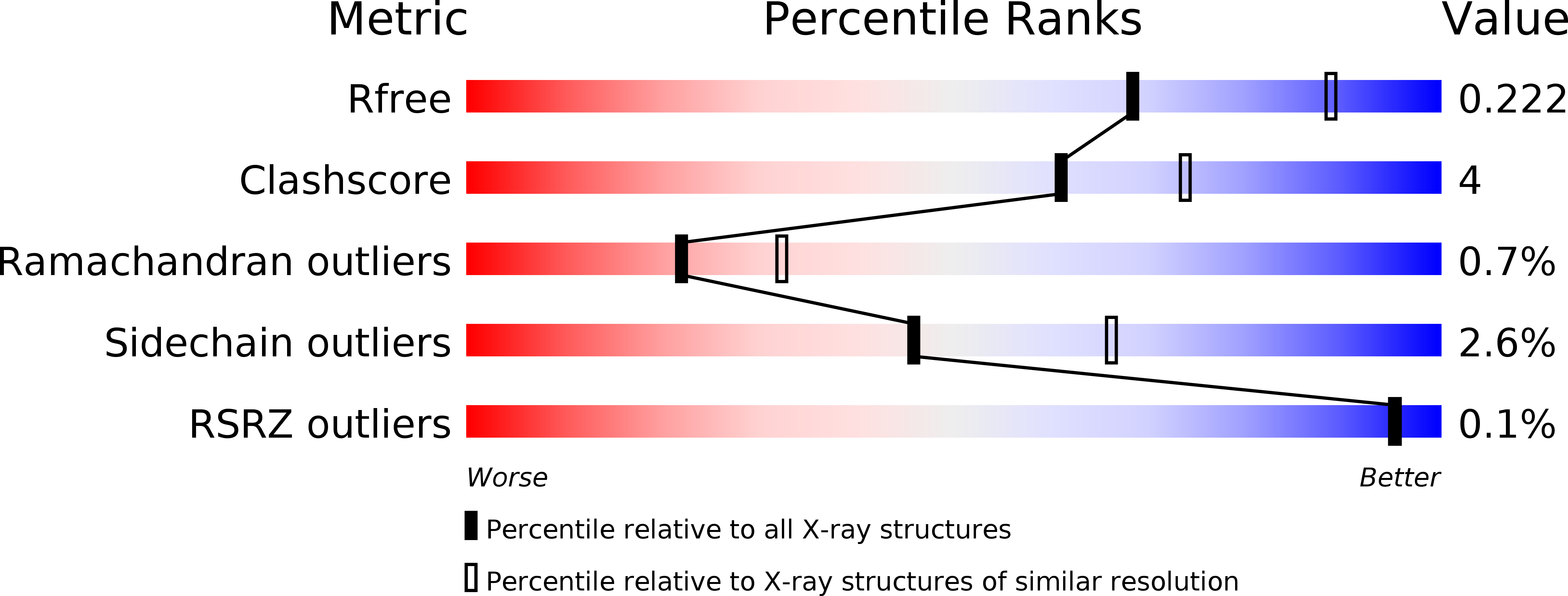
Deposition Date
1996-04-04
Release Date
1996-10-14
Last Version Date
2024-10-16
Entry Detail
PDB ID:
1ECE
Keywords:
Title:
ACIDOTHERMUS CELLULOLYTICUS ENDOCELLULASE E1 CATALYTIC DOMAIN IN COMPLEX WITH A CELLOTETRAOSE
Biological Source:
Source Organism:
Acidothermus cellulolyticus (Taxon ID: 28049)
Host Organism:
Method Details:
Experimental Method:
Resolution:
2.40 Å
R-Value Free:
0.23
R-Value Work:
0.17
R-Value Observed:
0.17
Space Group:
P 32 2 1


